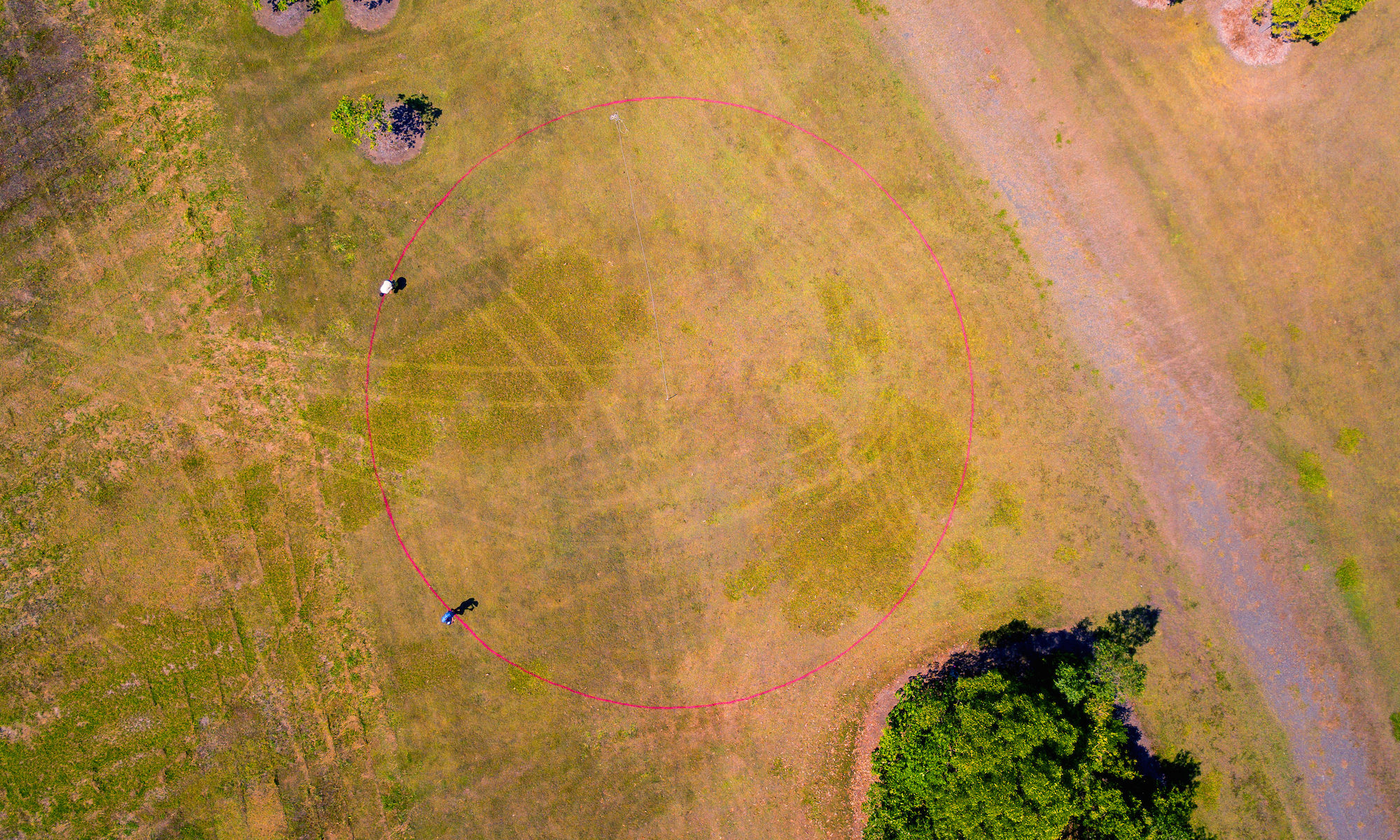The legume crop at the Beacon grew lusciously and was incorporated back into the soil after flowering. This was done by brush-cutting the plants and then using a flail mulcher to chop the plants and existing layer of mulch into fine pieces. Tegan McBride from Garden of Tegan organic market garden brought along her BCS two-wheel walking tractor which was a very appropriate piece of technology for the size and purpose of the task.

As the Sugarcane and Sunflowers are still a couple of months off being planted, we decided that it would be a good opportunity to grow a winter cover crop.
Similar in purpose to the legume crop, a cover crop is a method of regenerative agriculture and is grown for the purpose of soil improvement. Cover cropping encompasses the four principles of regenerative agriculture which are:
- No bare soil
- Living roots in the ground
- Increase plant diversity
- Minimise tillage
When a cover crop is grown and incorporated back into the soil there is an increase in organic matter to feed soil microbes. The soil microbes break down the organic matter and the end result is called humus. During the decomposition process soil particles are bound together to form aggregates. A well aggregated soil rich in humus leads to many benefits for crop production including:
- Aeration – plenty of space for air (and water) in the soil
- Water retention – Inreased filtration and decreased surface evaporation and run-off
- Nutrient enhancement – As a cover crop breaks down nutrients from plant tissues are released and made available to the following crop. More nitrogen (N), phosphorus (P), potassium (K), calcium (Ca), magnesium (Mg) and sulphur (S) in the soil will enable a healthier crop with less of a need for synthetic fertilisers.
Cover crops also assist with:
- Weed suppression – The cover crop takes up space and light, covering bare ground and out-competing weeds
Pest management – Adding a diversity of plants to agricultural systems allows them to be more robust and resilient. Any pest outbreaks are more likely to be brought into balance by natural controls.
Around Mackay, growing numbers of sugarcane farmers are adopting these methods as fallow and multi-species cover crops using Mungbean, Soybean, Millet, Sorghum and Sunflowers just to name a few. In their ‘High-Yielding Cane’ publication, Sugar Research Australia recommends that a well-managed legume cover crop will provide the greatest benefits in comparison to other fallow options
For the Beacon, we chose Buckwheat, Lucerne, Fenugreek and Vetch for our cool season cover crop on the recommendation of local Biodynamics advocate John Sweet. The Fenugreek and Vetch are legumes with nitrogen fixing capabilities. Lucerne is a vigorous plant with a deep taproot that is able to access nutrients that shallow-rooted plants can’t and bring them up to the surface. The deep taproot can also penetrate compacted soils and provide a loosening/aerating effect. The Buckwheat accumulates phosphorus and builds organic matter quickly.

We planted our cover crop by hand, with the help of Starrett and Jemal from MADASSIA and their work crews. It was great to chat about our projects as we planted the seeds- conversations about what the Watershed Land Art Project means in the context of our watershed, the Pioneer Valley, as well as modern day Sugarcane farming. We were excited to learn about their latest community project at Eton, restoring a farmhouse as a museum to display the original artefacts and stories from the lives of local 19th & 20th century Australian South Sea Islanders.

It was so very nice to chat and learn with our hands in the soil. We are currently planning ‘Sunset, Seed and Song’ — the Sugarcane and Sunflowers planting event in August — hope to see you there!
